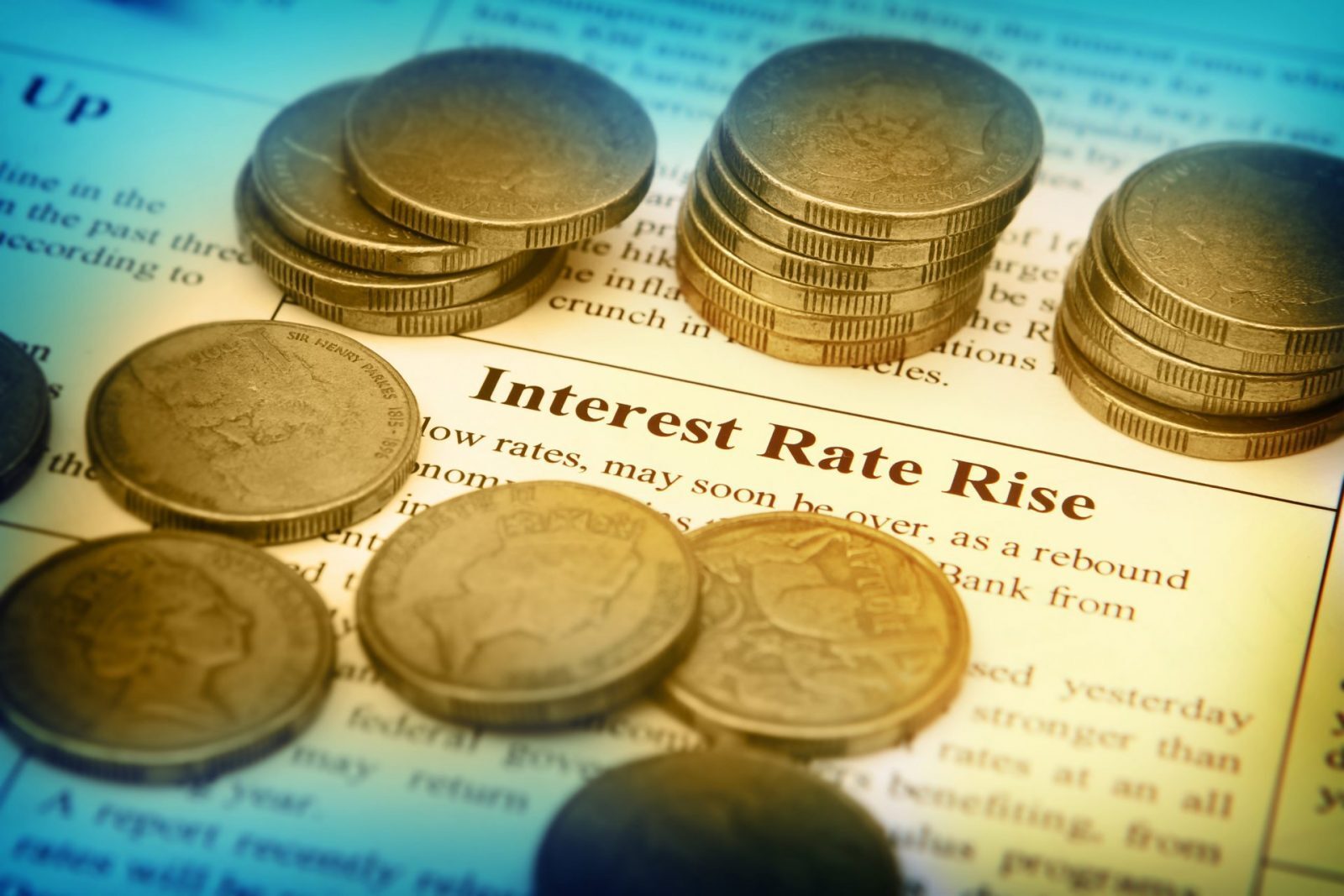
Last Thursday, the European Central Bank reduced their programme of quantitative easing to purchasing €30 billion of new bonds each month from January 2018. This was as expected, but what disappointed some traders was the nine-month commitment.
Catalonia’s declaration of independence on Friday and Spain’s imposition of direct rule in response was another big talking point and it could rattle the markets for some time. It does not bode well for the Spanish economy and there are fears the unrest could spill out into the wider eurozone. Definitely a situation to monitor closely.
Looking ahead to this week, it is all about Thursday when the Bank of England meet to decide on whether or not to increase interest rates. There is an expectation that they will raise them by 25 basis points, more than likely in a bid to curb inflation (which is currently at 2.9% but is likely to push to 3% in the near future). However, not everybody is convinced it is the right thing to do given the evidence that the UK economy is weakening. We will have to wait and see.
Finally, the Federal Reserve will make their interest rate decision announcement on Wednesday, but it is likely they will keep them on hold until December. Expectations of an imminent increase have helped support the US dollar lately and signs of a recovering economy have fuelled speculation of a rate hike. A pretty busy week all told.
Here’s a friendly reminder that our latest quarterly currency forecasts are still available to download. They have proven enormously popular to date so grab hold of a copy and see what all the fuss is about.
GBP: Thursday should prove to be an INTERESTing day
It was a bit of a mixed week for sterling. Disappointing retail sales on Thursday didn’t do the pound any favours, although it still managed to climb against the euro following the ECB’s quantitative easing decision. However, it is worth noting that it strengthened against the single currency four out of the five week days to post its most consistent performance for some time.
Against the US dollar it didn’t perform quite as well and weakened Thursday and Friday following the release of US GDP figures which were better than expected.
It’s a busy week for the UK as today we have the monthly and annual housing prices from Nationwide, the Bank of England’s consumer credit report and mortgage approvals. On Tuesday we will see consumer confidence, while on Wednesday we’ll have the Markit manufacturing purchasing managers’ index.
However, all of these releases are a mere footnote to Thursday, when the BoE’s Monetary Policy Committee meet to make their interest rate decision. Opinion is divided on whether rates will rise – expectations seem to increase and decrease from one day to the next. It is interesting to consider that because the markets have already priced in a rate hike, it is possible that sterling won’t strengthen all that much if the MPC decide to increase rates. If Governor Mark Carney gives some dovish supporting comments, we might even see sterling slide. Nothing is certain except perhaps this: if they keep rates on hold, the pound will tank.
And therein lies the importance of currency risk management.
EUR: busy week for the eurozone as we’ll see GDP rate
The ECB’s decision to reduce their quantitative easing programme to €30 billion of new bonds per month from January 2018 was largely expected, although the length of the commitment was a bit of a surprise. The euro weakened on the back of the decision and the drop continued on Friday as tensions between Catalonia and Spain came to a head. Catalonia declared independence and the Spanish government imposed direct rule in response. It is a messy situation and was largely avoidable.
While the single currency has been remarkably consistent throughout 2017, it has experienced a few blips of late. It remains to be seen whether this trend will continue, but economic data from the eurozone continues to be strong. It is policy and political events that have caused the recent drop, rather than economic data. Chances are it’s temporary and it will resume its performance before long.
This week begins with the GDP growth rate from Spain and retail sales and inflation from Germany. We will also see the eurozone business confidence figures later today. Tomorrow sees the release of the eurozone GDP and unemployment rate, while on Thursday we’ll see the German unemployment figures.
USD: US GDP beats expectations to strengthen dollar once more
It was another day of positive data for the US on Friday, as GDP beat forecasts, coming in at 3% in the third quarter of 2017. Clearly, the economy quickly recovered after a spate of hurricanes wreaked havoc across the southern US states. Ultimately, the reading will increase expectations of an interest rate rise when the Federal Reserve meet in December.
The figure means that the American economy has posted two successive quarters of 3% annualised growth for the first time in three years. It had already been a good week for the dollar, but the increased chance of an interest rate rise saw the greenback push higher as it strengthened against the euro and sterling.
Today the monthly personal spending and income figures are released, while tomorrow sees the release of consumer confidence. However, Wednesday is the week’s highlight, with the employment change, manufacturing PMI and Fed interest rate decision on the calendar. A rate hike is not expected this month, but any allusions to future policy could further bolster the dollar’s position.
For more on currencies and currency risk management strategies, please get in touch with your Smart Currency Business trader on 020 7898 0500 or your Private Client trader on 020 7898 0541.

 020 7898 0500
020 7898 0500